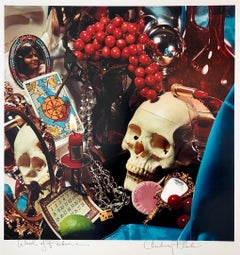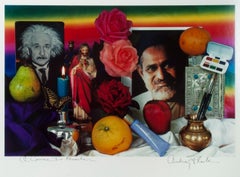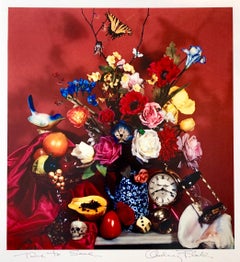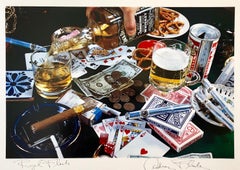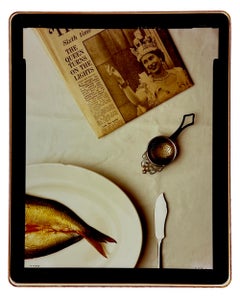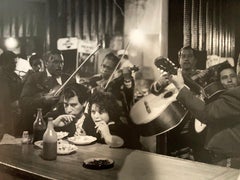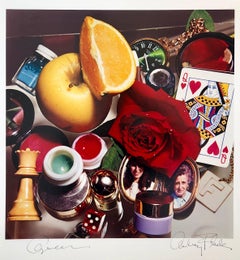Dye Transfer Still-life Photography
1970s Photorealist Dye Transfer Still-life Photography
Dye Transfer
1980s Photorealist Dye Transfer Still-life Photography
Photographic Paper, C Print, Dye Transfer
1970s Photorealist Dye Transfer Still-life Photography
Dye Transfer
1980s Photorealist Dye Transfer Still-life Photography
Photographic Paper, C Print, Dye Transfer
1980s Photorealist Dye Transfer Still-life Photography
Photographic Paper, C Print, Dye Transfer
1980s Photorealist Dye Transfer Still-life Photography
Photographic Paper, C Print, Dye Transfer
1980s Photorealist Dye Transfer Still-life Photography
Photographic Paper, C Print, Dye Transfer
1980s Photorealist Dye Transfer Still-life Photography
Photographic Paper, C Print, Dye Transfer
1980s Photorealist Dye Transfer Still-life Photography
Photographic Paper, C Print, Dye Transfer
1980s Photorealist Dye Transfer Still-life Photography
Photographic Paper, C Print, Dye Transfer
1980s Photorealist Dye Transfer Still-life Photography
Photographic Paper, C Print, Dye Transfer
1980s Photorealist Dye Transfer Still-life Photography
Photographic Paper, C Print, Dye Transfer
21st Century and Contemporary Photorealist Dye Transfer Still-life Photography
Dye Transfer
21st Century and Contemporary Photorealist Dye Transfer Still-life Photography
Dye Transfer
1980s Contemporary Dye Transfer Still-life Photography
Photographic Paper, C Print, Color, Silver Gelatin
1960s Photorealist Dye Transfer Still-life Photography
Photographic Paper
2010s Photorealist Dye Transfer Still-life Photography
Photographic Paper
1960s Photorealist Dye Transfer Still-life Photography
Photographic Paper
1960s Photorealist Dye Transfer Still-life Photography
Photographic Paper
1960s Photorealist Dye Transfer Still-life Photography
Photographic Paper
2010s Photorealist Dye Transfer Still-life Photography
Photographic Paper
1960s Photorealist Dye Transfer Still-life Photography
Photographic Paper
2010s Photorealist Dye Transfer Still-life Photography
Photographic Paper
1960s Photorealist Dye Transfer Still-life Photography
Photographic Paper
2010s Photorealist Dye Transfer Still-life Photography
Photographic Paper
Mougenot NatalyaModern fine art Still Life Photo Print "My grenadine drink moment" limited edt, 2025
Early 20th Century Photorealist Dye Transfer Still-life Photography
Photographic Paper
1980s Photorealist Dye Transfer Still-life Photography
Photographic Paper, C Print, Dye Transfer
1980s Photorealist Dye Transfer Still-life Photography
Photographic Paper, C Print, Dye Transfer
1980s Photorealist Dye Transfer Still-life Photography
Photographic Paper, C Print, Dye Transfer
1980s Photorealist Dye Transfer Still-life Photography
Photographic Paper, C Print, Dye Transfer
1980s Photorealist Dye Transfer Still-life Photography
Photographic Paper, C Print, Dye Transfer
1980s Photorealist Dye Transfer Still-life Photography
Photographic Paper, C Print, Dye Transfer
1980s Photorealist Dye Transfer Still-life Photography
Photographic Paper, C Print, Dye Transfer
1980s Photorealist Dye Transfer Still-life Photography
Photographic Paper, C Print, Dye Transfer
1980s Photorealist Dye Transfer Still-life Photography
Photographic Paper, C Print, Dye Transfer
1980s Photorealist Dye Transfer Still-life Photography
Photographic Paper, C Print, Dye Transfer
1980s Photorealist Dye Transfer Still-life Photography
Photographic Paper, C Print, Dye Transfer
1980s Photorealist Dye Transfer Still-life Photography
Photographic Paper, C Print, Dye Transfer

